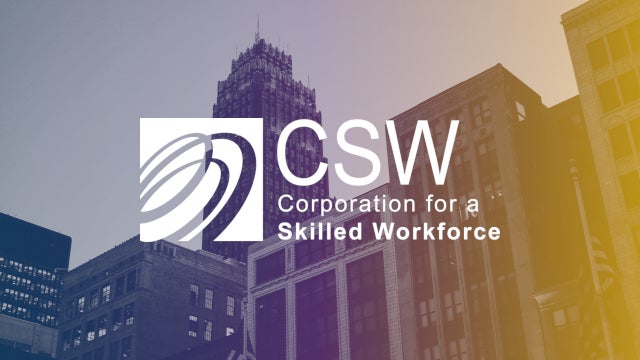
Connecting job seekers to employment opportunities is one of the major challenges in our economy. A high number of people in the US aren’t working, and many potential employees do not have the skills or resources to become gainfully employed. To provide insights on bridging the gap between employment and people, the Workforce Strategies Initiative at the Aspen Institute and the Annie E. Casey Foundation recently released the book “Connecting People to Work: Workforce Intermediaries and Sector Strategies.” The book tracks sector-based workforce development over the past 30 years and brings together the voices and ideas of policy leaders to discuss solutions to increasing job accessibility.
In light of the book’s recent release, authors and editors of “Connecting People to Work” have shared their perspectives on improving job access and quality of employment in a special blog series for The Huffington Post. Read below to view each of the blog posts from the series.
 Industry Led, Worker Centered, Community Focused: Lessons from the WRTP/BIG STEP in Milwaukee
Industry Led, Worker Centered, Community Focused: Lessons from the WRTP/BIG STEP in Milwaukee
By Laura Dresser
Engulfed at times in a fog of confusing acronyms and buzzwords and not quite large enough to be noticed by those without an eye for it, “workforce development” can seem a city unto itself. With so many others, I’ve done what I can to help build this city, focusing my time and effort at the intersection where the interests of labor, employers, and community come together. Read more…
By Christopher T. King
The newly passed Workforce Innovation Opportunity Act (WIOA) contains provisions that will encourage states and local workforce systems to adopt and expand the use of programs focused on specific employment sectors and career pathways. The legislation also will encourage “bridge” programs that provide training and support services to help lower-skilled workers prepare for and land jobs. Read more…
 Journeys and Destinations: The National Fund for Workforce Solutions Evaluation
Journeys and Destinations: The National Fund for Workforce Solutions Evaluation
By Mark Popovich
The National Fund for Workforce Solutions (National Fund) is a uniquely powerful national experiment in sector-based workforce development focused on the needs of both lower-wage people and employers. As the introductory chapter to “Connecting People to Work” posits, the National Fund was a key step building upon ideas that began in the 1990s. Read more…
 Workforce Policy Playing Catch Up
Workforce Policy Playing Catch Up
By Andy Van Kleunen
Ten years ago, not long after the first missed deadline for the 2003 reauthorization of the Workforce Investment Act (WIA), came the publication of “Workforce Intermediaries for the 21st Century” — a survey volume that touched on the emerging innovation of sector-based workforce intermediaries. So it’s ironic that a decade later, in the very month when Congress’ renewal of WIA may finally be achieved, we see the release of the second survey book on sector-based partnerships by some of the same authors. Read more…
 Green Building — The Path to High-Road Jobs
Green Building — The Path to High-Road Jobs
By Denise Fairchild
Equity. Economy. Environment.
This “triple bottom line” defines the “high-road” mission of the Emerald Cities Collaborative (ECC), a national workforce intermediary that links disadvantaged populations (equity) to careers (economy) in the emerging green-building sector (environment). Read more…
 Connecting People to Work: Workforce Intermediaries and Sector Strategies
Connecting People to Work: Workforce Intermediaries and Sector Strategies
By Maureen Conway
Work is an organizing principle of American life. Most American households rely on the wages and benefits from work for their income. Work is often a source of identity and pride for Americans, and an important point of social contact. Work schedules frequently set the basic structure that patterns our daily lives. We are in a moment now, however, when many Americans are struggling with their connection to work; too many are unemployed or underemployed, and many more struggle to acquire skills, credentials, and degrees that they hope will help them find work or find better work. Read more…


